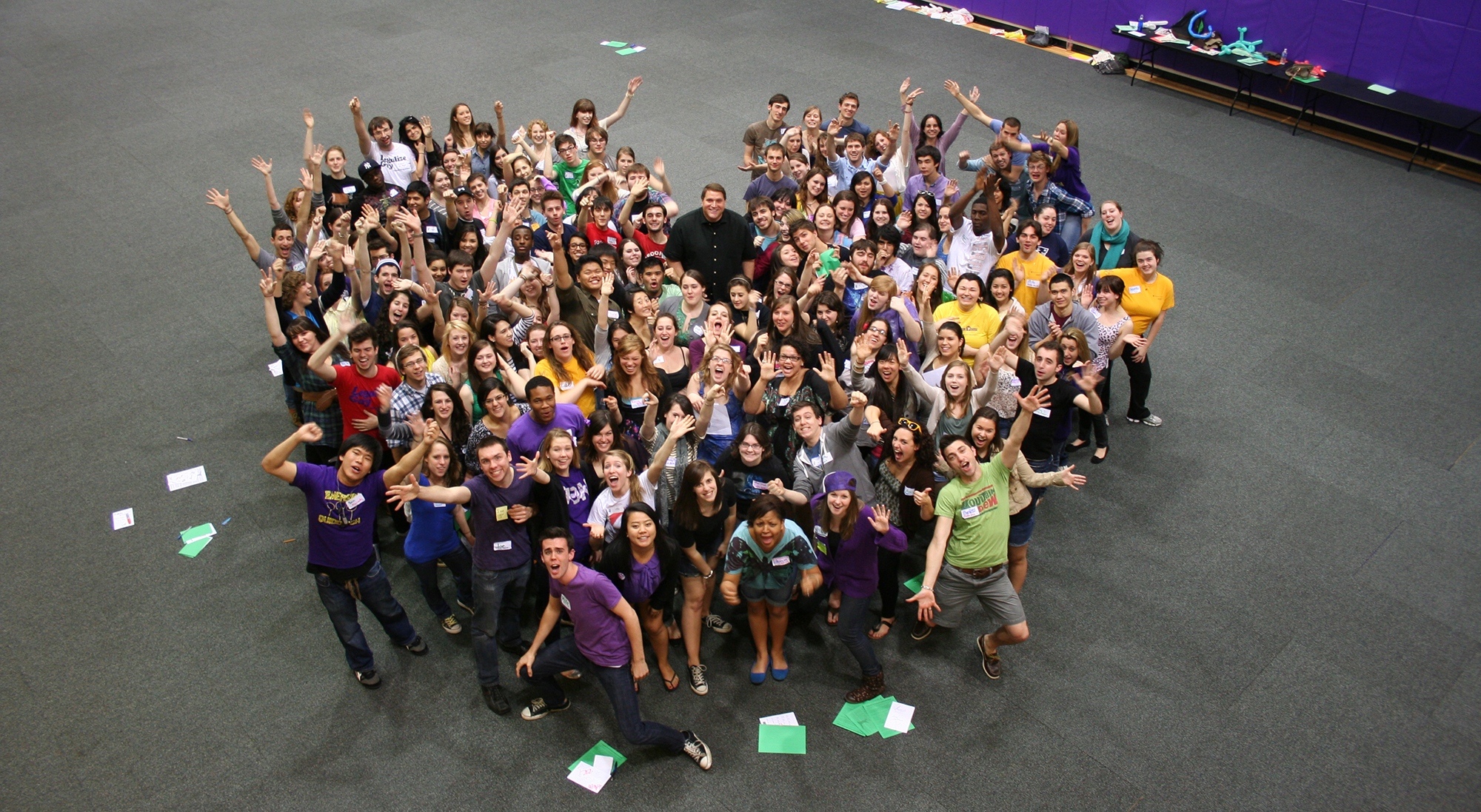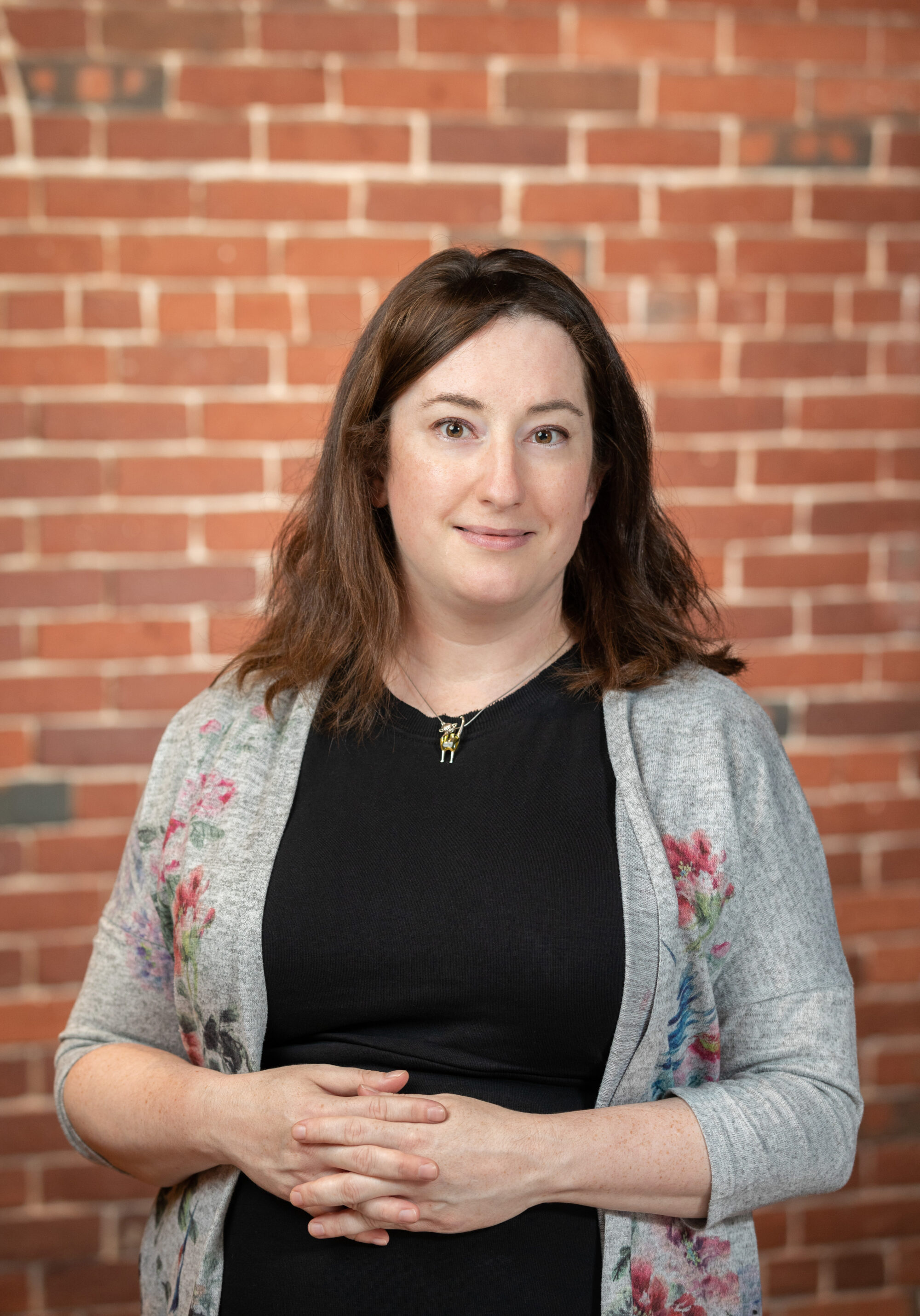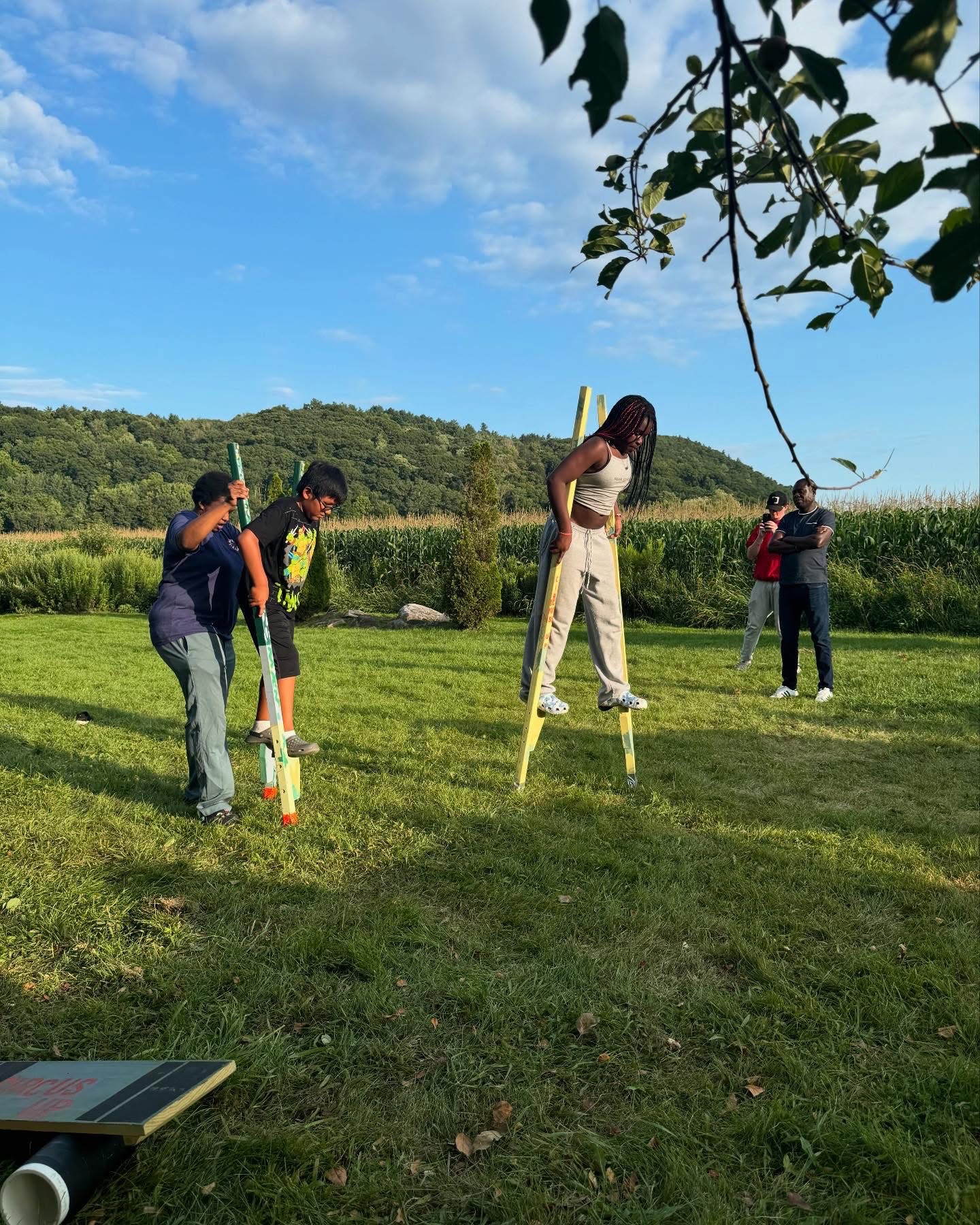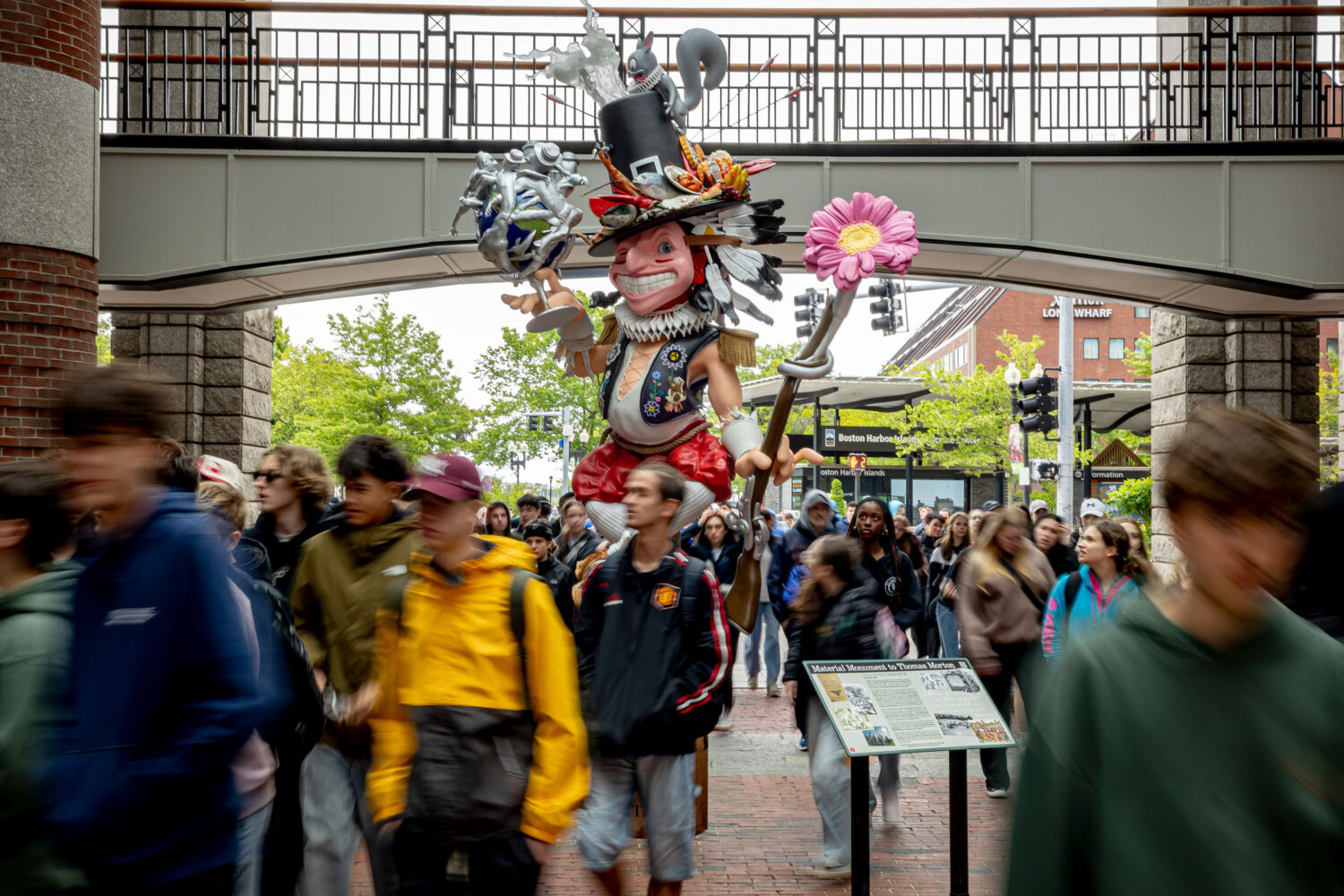All of a sudden, it is vision season in Boston. From Imagine Boston 2030 to Go Boston 2030 to Boston Creates, Bostonians are coming together in citywide planning exercises to talk about what is most important to them, their hopes and dreams, and the future they want to create together. In this context, Barr recently invited Dr. Manuel Pastor, professor of sociology and American studies and ethnicity, and director of the Program on Environmental and Regional Equity, at the University of Southern California, to share his research and perspectives on who will be living, working, and playing in Boston over the coming decades. Dr. Pastor spoke to both the transportation and arts communities on the implications of the city’s changing demographics. I was lucky enough to attend his presentation to the arts community at a packed Paramount Theatre.
Some of my main takeaways were:
Arts leaders should think jigsaw puzzle not chess. In twenty years, Boston will look like a completely different city. Race demographics are shifting and the age gap is widening.Unlike most of the country, Boston is still growing its immigrant population, due mostly to U.S.-born individuals.

These changes highlight the importance of increasing access to the arts for all—what Dr. Pastor referred to as “creative equity.” This means not only discounted or giveaway tickets to established, downtown venues, but more arts in more neighborhoods. Dr. Pastor introduced the metaphor of a jigsaw puzzle and a chess game to illustrate this key point of creative equity—implying that arts leaders (and the whole city through the Boston Creates process)—should cast itself as puzzler, not a chess master. In chess, the players are defined in strict categories (usually into black vs. white) and can move only in rigid, straight lines. The player wins chess by knocking out other pieces, some of which have a higher value than the others. In a jigsaw puzzle, the only way to complete the picture is to find a place for every piece.
Mentorship will help us “bridge generations and geographies.” Dr. Pastor spoke about his own experiences as a young Latino man making strides in a field where no one looked like him. As one consequence of this, he admitted, “My generation doesn’t know how to mentor well,” and stressed the importance of young people actually helping the older generation learn how to do that, how to give them what they need. Mentoring, he added, will help us “bridge generations and geographies.” Art, especially art with a social justice component, can serve as this shared connection and enrich both sides of the age gap.
This point resonated with Aysha Upchurch, a choreographer who works with adolescents and children through the Harvard Graduate School of Education’s Project Zero. She noted that “Pastor made it clear we must embrace arts as a social justice mechanism for our youth, and this will require arts leaders to pay attention to their own cultural competencies and the scope of their programming.”
Art is a powerful vehicle to make connections and meaning. Dr. Pastor closed by quoting his son Joaquin, a musician and theater-maker, on the intrinsic value of being creative with one’s community. When describing why he wanted to be an artist, Joaquin responded simply, “I want to make beautiful things with my friends.” The arts are not strictly utilitarian, but have influence on how we see and experience our world and embrace a collective identity and sense of place.
“Dr. Pastor’s remarks about the role the arts can play in ‘transforming people’s hearts’ and ‘making sense of their lives’ was extremely compelling,” commented Shaumba-Yandje Dibinga, founding artistic director of OrigiNation Cultural Arts Center and a 2009 Barr Fellow. “The notion that the arts can transform artists and their audiences is one of our core values. His use of what he describes as ‘value-based data’…provided the exact framing and context that we need to craft a compelling case for our work.”
In the end, the main takeaway for me was that, as audiences change in regards to age, race, and geography, the ways for them to engage with and create art must change, too. Dr. Pastor reminded arts leaders to pitch for the coming America and embrace the opportunities for creative thinking that arise in a shifting, but increasingly connected, world.
View Barr’s Storify summary for more reactions and thoughts on Dr. Pastor’s presentation.




